TPO vs. SPF roofing: Weighing the pros and cons

By Evelyn Witterholt.
Learn the difference between TPO single-ply and SPF roofing to determine which is best for your next roofing project.
There may be a few materials you are eyeing for your next commercial roofing job. Two common types of low-slope roofing materials are thermoplastic polyolefin (TPO) single-ply and spray polyurethane foam (SPF). In basic terms, TPO roofing is applied to the roof as a membrane whereas SPF roofing is made of a liquid foam that is sprayed onto the roof. But there is a lot more to each of these types of commercial roof systems.
Let’s look at a few ways SPF roofing differs from TPO single ply:
Installation
TPO roofing systems are installed using 5- or 10-foot rolls of membrane, as opposed to SPF roofs which are simply sprayed onto the existing roof. TPO roofing also requires rows of screws to secure the membrane to the deck. whereas SPF roofs completely adhere to the roof substrate once sprayed on. Roof Consultant at RGS Consulting, Robb Smith states that SPF roofing has an advantage over TPO in terms of installation because it takes half the time to install.
Wind and water resistance
According to Robb, SPF roofing has an advantage over TPO roofing in regard to wind resistance and waterproofing. SPF roof systems, like the ones General Coatings has to offer, are completely waterproof. Although TPO membranes are waterproof, if they are punctured or the seam is faulty, leaks can occur. In terms of wind resistance, TPO is more likely to billow up between the fastener rows, as opposed to SPF roofs which cannot billow up at all.
Durability
TPO membrane deterioration can occur overtime, but it can be fixed by applying a coating. However, Robb states that this coating will not prevent delaminating or stressed seams. SPF roofing is more likely to stay intact over time and will only degrade due to UV. Once this happens, all it needs is a renewed coating.
Cost
In regard to cost, Robb states that TPO roofing has an advantage over SPF in this area. However, as stated above, TPO membranes are more likely to deteriorate faster and could lead to costly repairs. SPF roofing is less likely to need costly repairs in the future.
Photo credit: Tremco and General Coatings
Learn more about General Coatings in their Coffee Shop Directory or visit www.generalcoatings.net.
About Evelyn
Evelyn works as a writer for RoofersCoffeeShop, MetalCoffeeShop and AskARoofer. When she isn’t writing about roofing, she’s either at the gym lifting weights or curled up on the couch watching a movie.




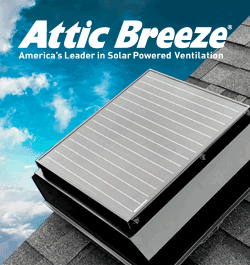






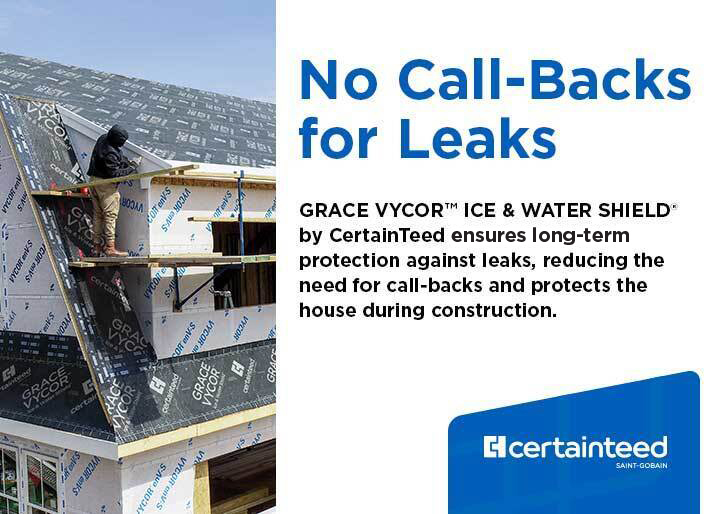

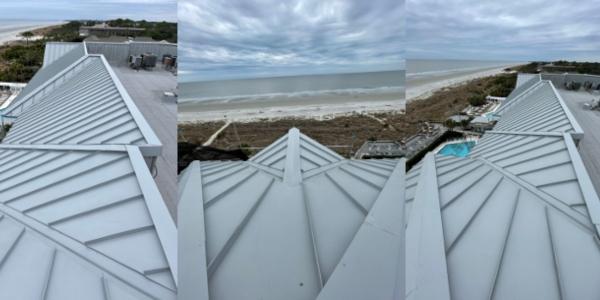
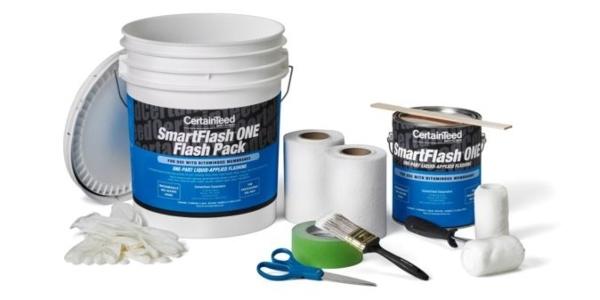
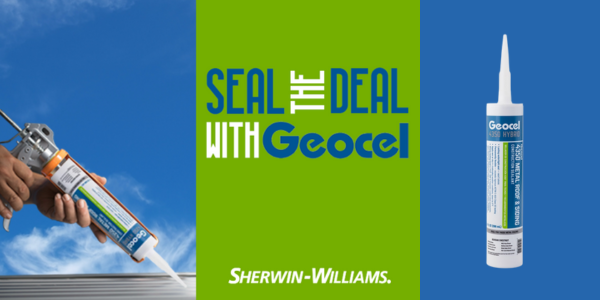







Comments
Leave a Reply
Have an account? Login to leave a comment!
Sign In